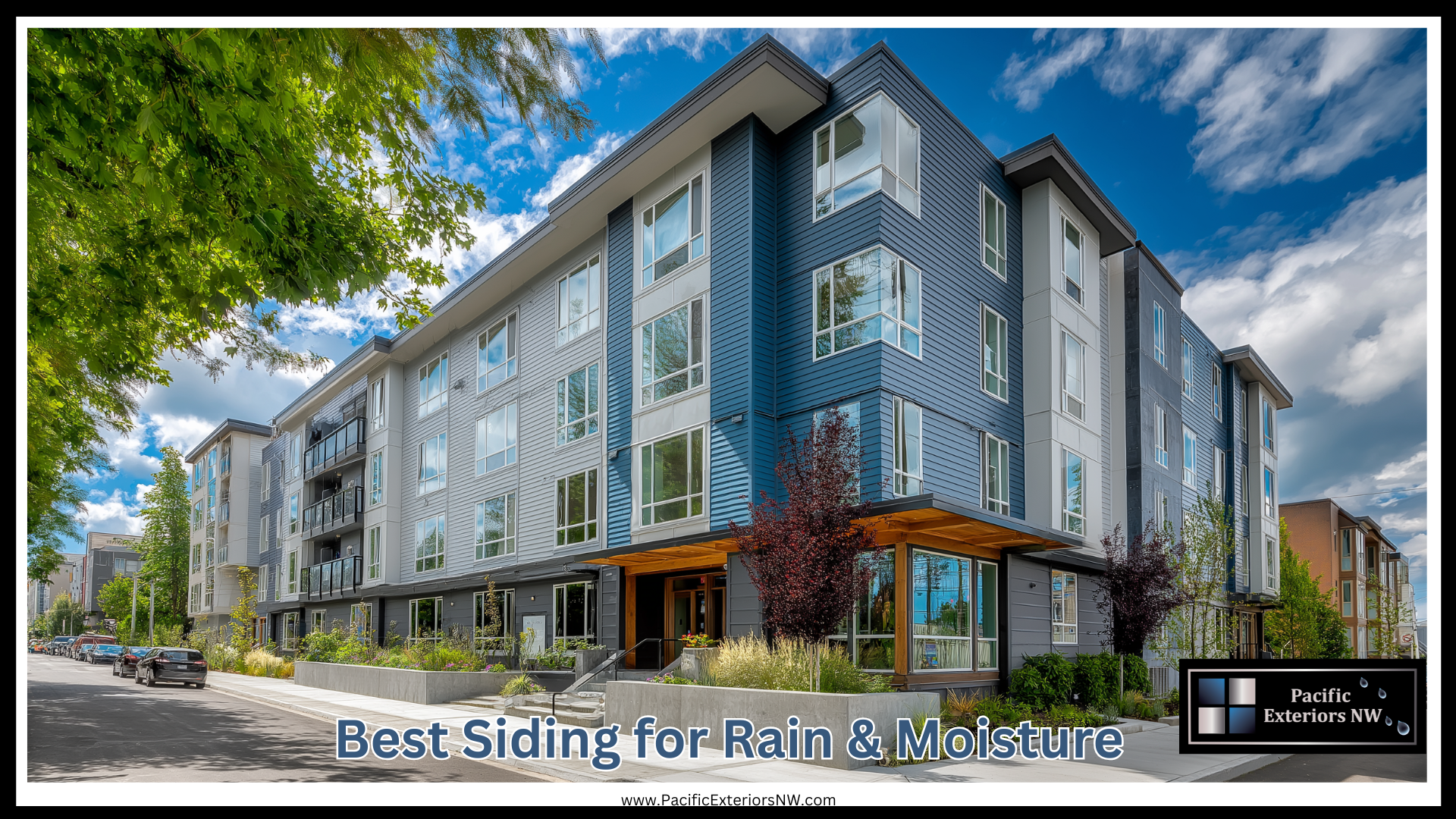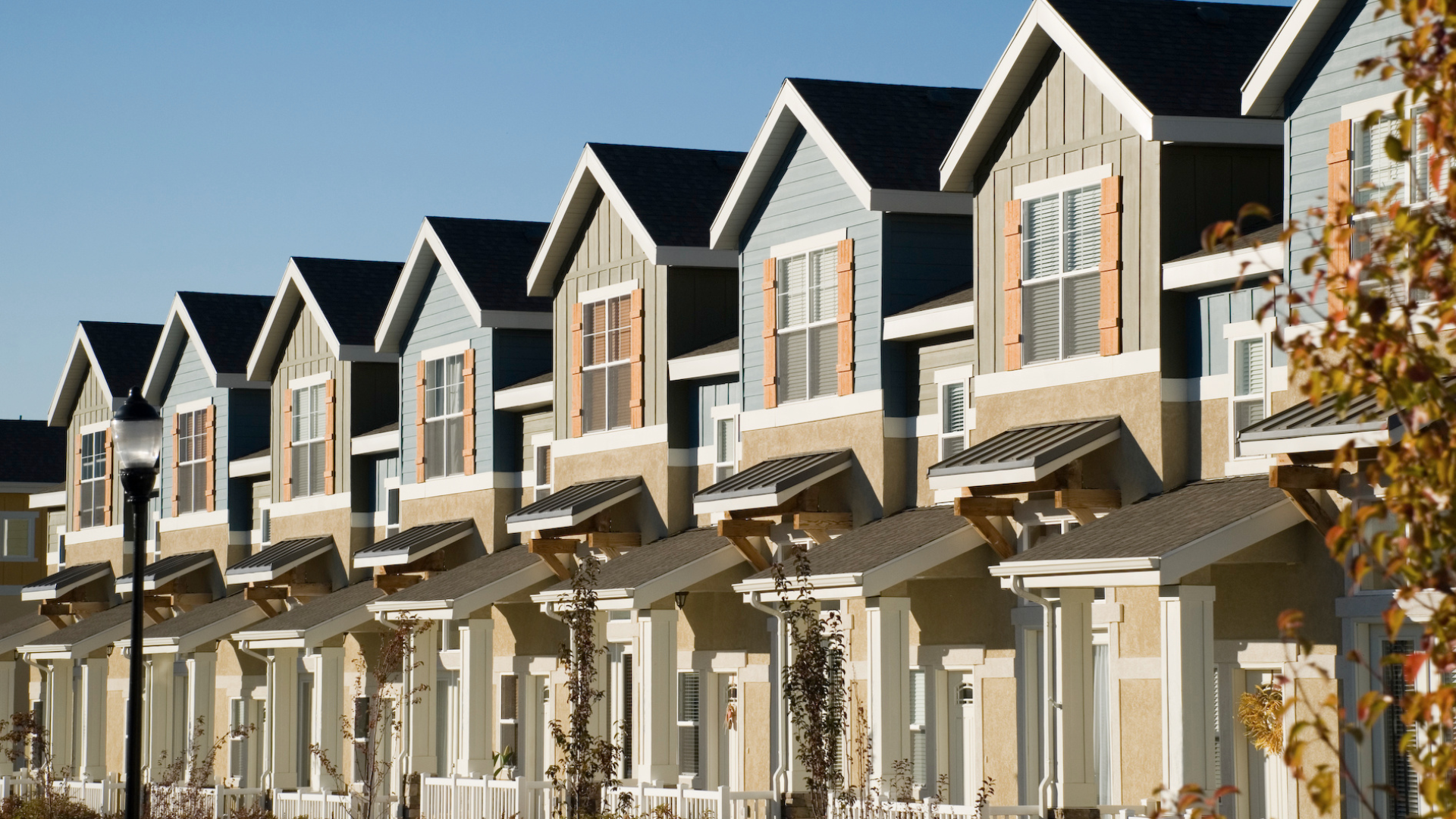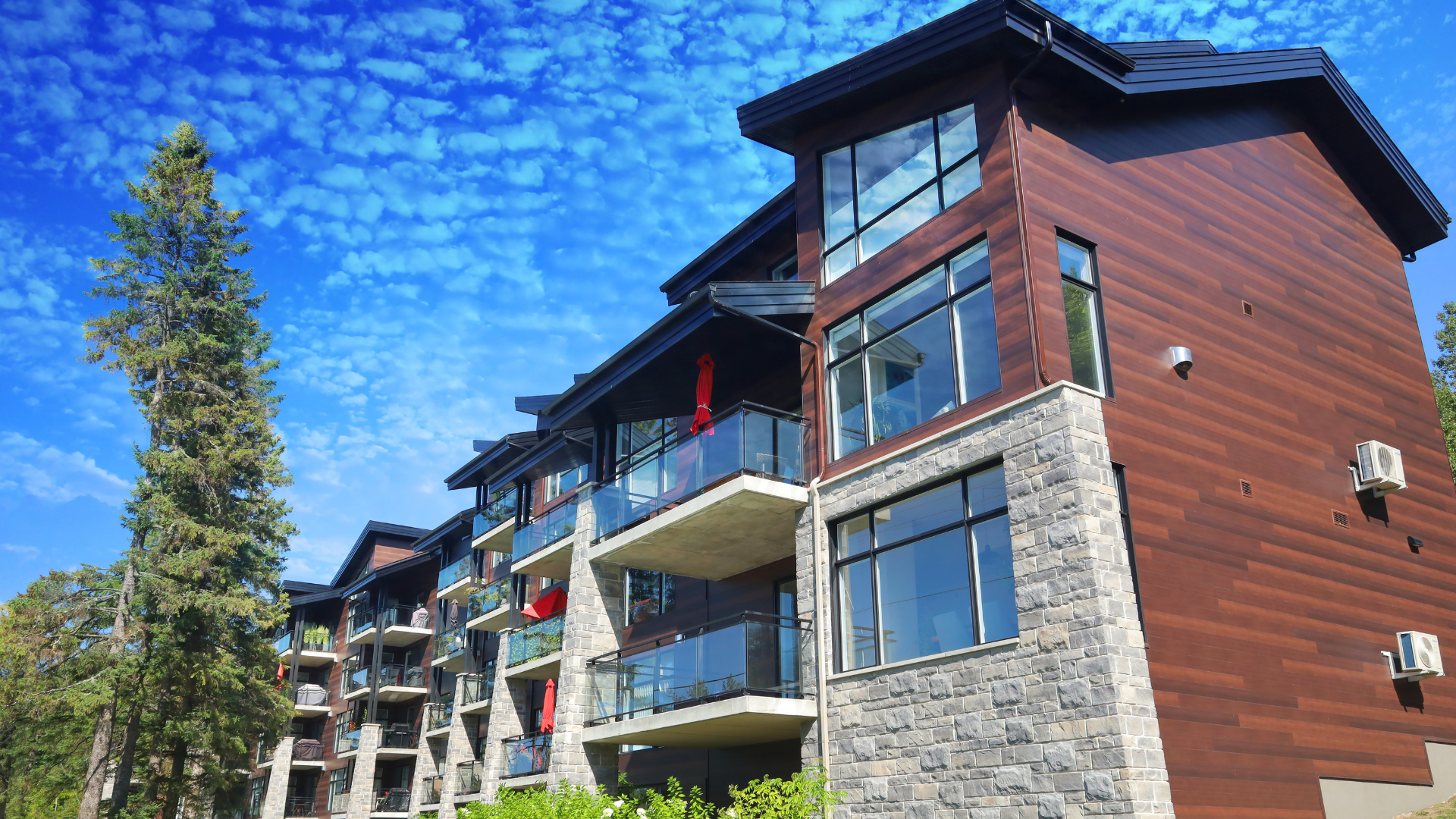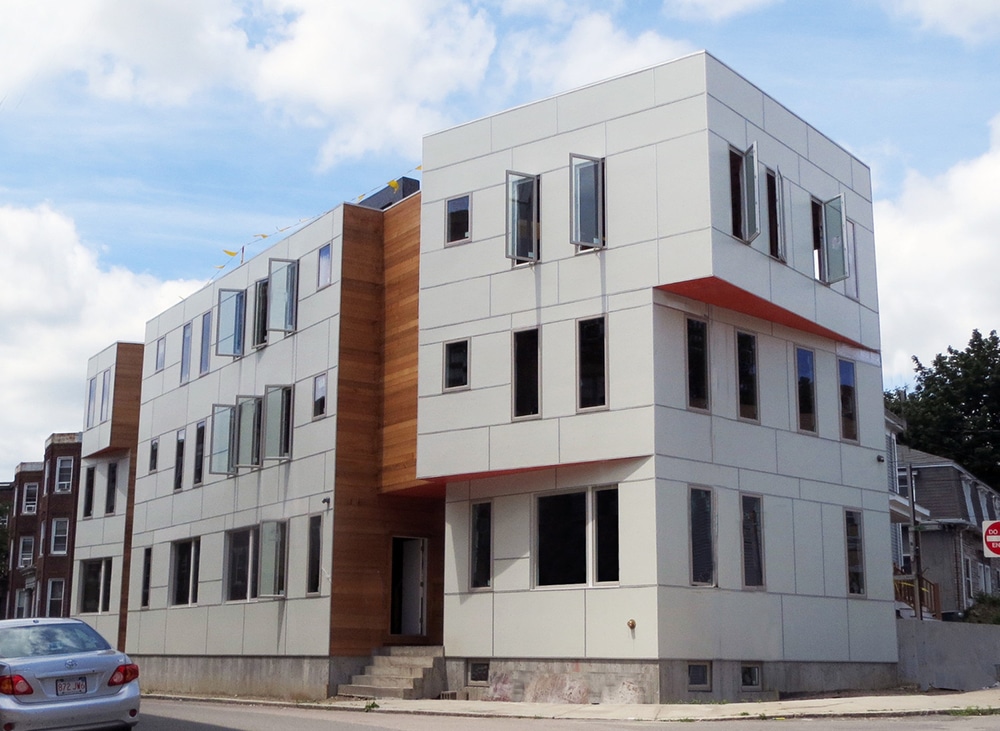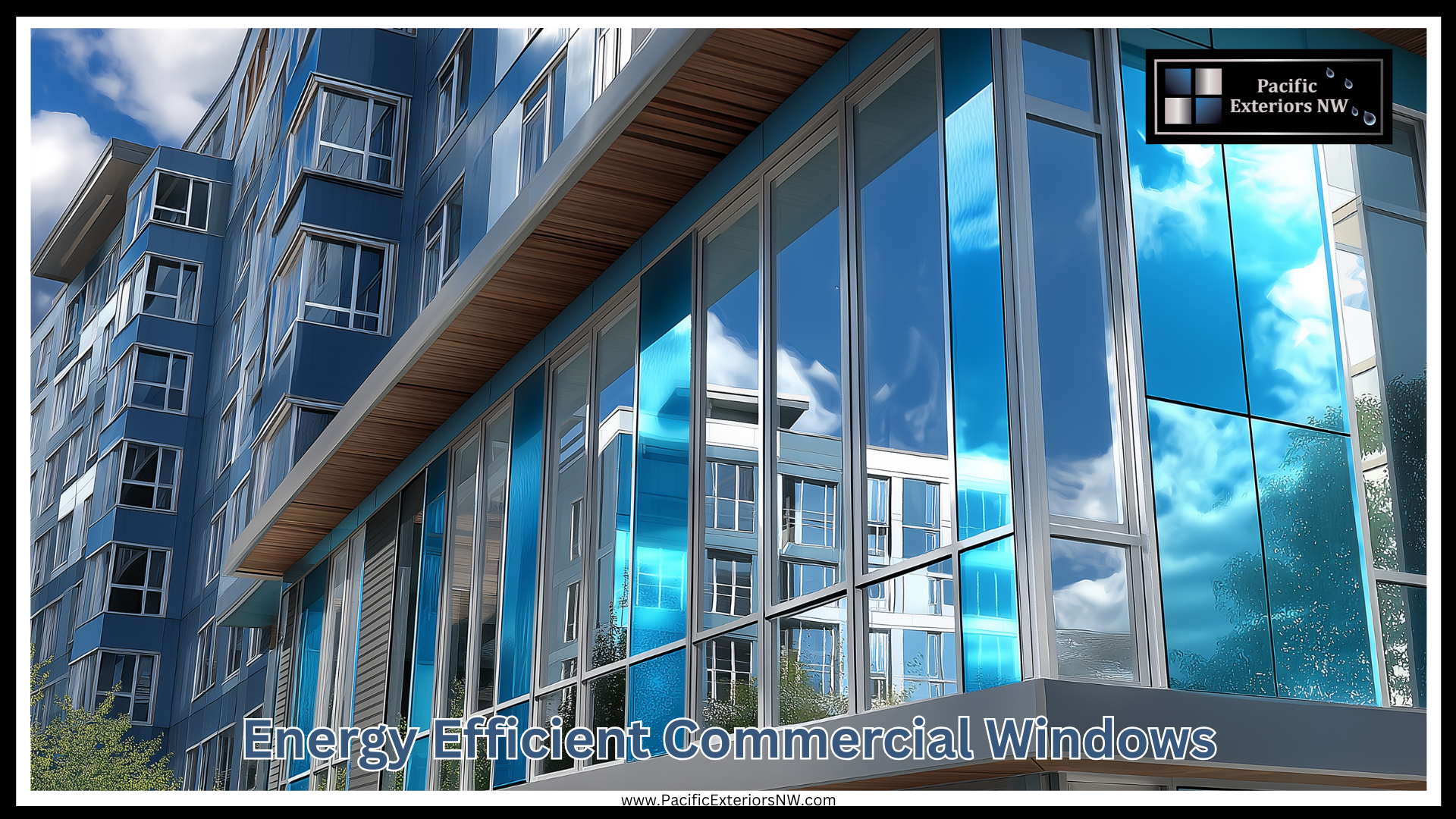
In rainy climates, commercial buildings like hotels, apartments, and townhomes face relentless exposure to moisture and fluctuating temperatures. The windows you choose can make or break the building envelope’s ability to withstand rain, reduce energy costs, and maintain comfort for tenants or guests. Poor-quality windows can also compromise the siding.
Energy-efficient and weather-proof windows aren’t just an aesthetic feature; they are a strategic investment in long-term durability and operating cost savings. Whether you’re planning a new build or retrofitting an older structure, selecting the right commercial-grade windows is essential for managing moisture, optimizing HVAC efficiency, and meeting code requirements.
Why Windows Matter in Commercial Buildings
Windows are crucial components of a building’s energy efficiency and moisture protection. When poorly designed or installed, they become weak points for water infiltration, thermal loss, and air leakage, leading to increased maintenance, tenant complaints, and higher utility bills.
Choosing commercial windows rated for moisture resistance, energy efficiency, and structural integrity helps maintain a healthy building envelope and lowers operational costs over time.
Selecting the Right Commercial Window Styles
Each window style offers unique benefits for moisture control and energy savings. Commercial usage often favors fixed and operable windows designed to balance ventilation, security, and efficiency.
Casement Windows
- Open outward via crank
- Excellent for sealing tightly during storms
- Ideal for reducing drafts and water intrusion
Awning Windows
- Hinge at top and open outward
- Provide ventilation during light rain without allowing water in
- Great for common areas, restrooms, or stairwells
Fixed/Picture Windows
- Do not open; optimal for energy efficiency
- Create a tight seal and offer maximum insulation
- Popular for lobbies, corridors, and stairwells
Tilt-and-Turn Windows
- Dual function for tilting inward or swinging open
- Highly secure and tightly sealed
- Useful for high-rise multifamily units
Sliding or Double-Hung Windows (With Limitations)
- Common in residential-style developments
- Tend to have higher air infiltration rates if not well-constructed
- May require additional sealing in high-moisture areas
Storm Windows (Add-Ons)
- Provide a secondary barrier over existing windows
- Enhance moisture control and insulation in legacy buildings
Energy Efficiency Features for Commercial Windows
High-performance commercial windows are built with multiple insulating and moisture-control features:
- Low-E Coatings: Reflect infrared light, improving thermal performance
- Insulated Glass Units (IGUs): Dual or triple-pane with argon or krypton gas for reduced heat transfer
- Warm Edge Spacers: Minimize condensation along window edges
- Thermal Break Frames: Especially for aluminum, to stop heat loss through the frame
- U-Factor & SHGC Ratings: Lower U-factor = better insulation; SHGC rating helps with solar gain control
Look for windows with NFRC (National Fenestration Rating Council) and Energy Star certifications. These ratings verify thermal and structural performance in commercial applications.
Built to Handle Rain, Wind, and Moisture
In wet climates, windows need specific features that go beyond standard residential-grade options:
- Weatherstripping: Seals operable parts to prevent air and water leaks
- Multi-Point Locks: Enhance water-tightness and security
- Drainage Channels and Weep Holes: Direct water away from frames
- Flashing Integration: Redirects water away from wall assemblies
- Sloped Sill Design: Encourages runoff rather than pooling
- Impact-Resistant Glass: Ideal for buildings in hurricane or high-wind zones
- High Wind Load Ratings: Ensure performance in storm-prone areas
Commercial Window Frame Materials
Each frame type offers different performance characteristics, especially in moisture-prone climates:
- Vinyl: Cost-effective, rot-resistant, low maintenance
- Fiberglass: Extremely stable, high thermal efficiency, low expansion
- Aluminum (with Thermal Breaks): Durable and moisture-resistant but needs insulation for energy performance
- Wood-Clad: Wood interior with weather-resistant exterior (vinyl or aluminum)
- Composite: Engineered for maximum strength and water resistance
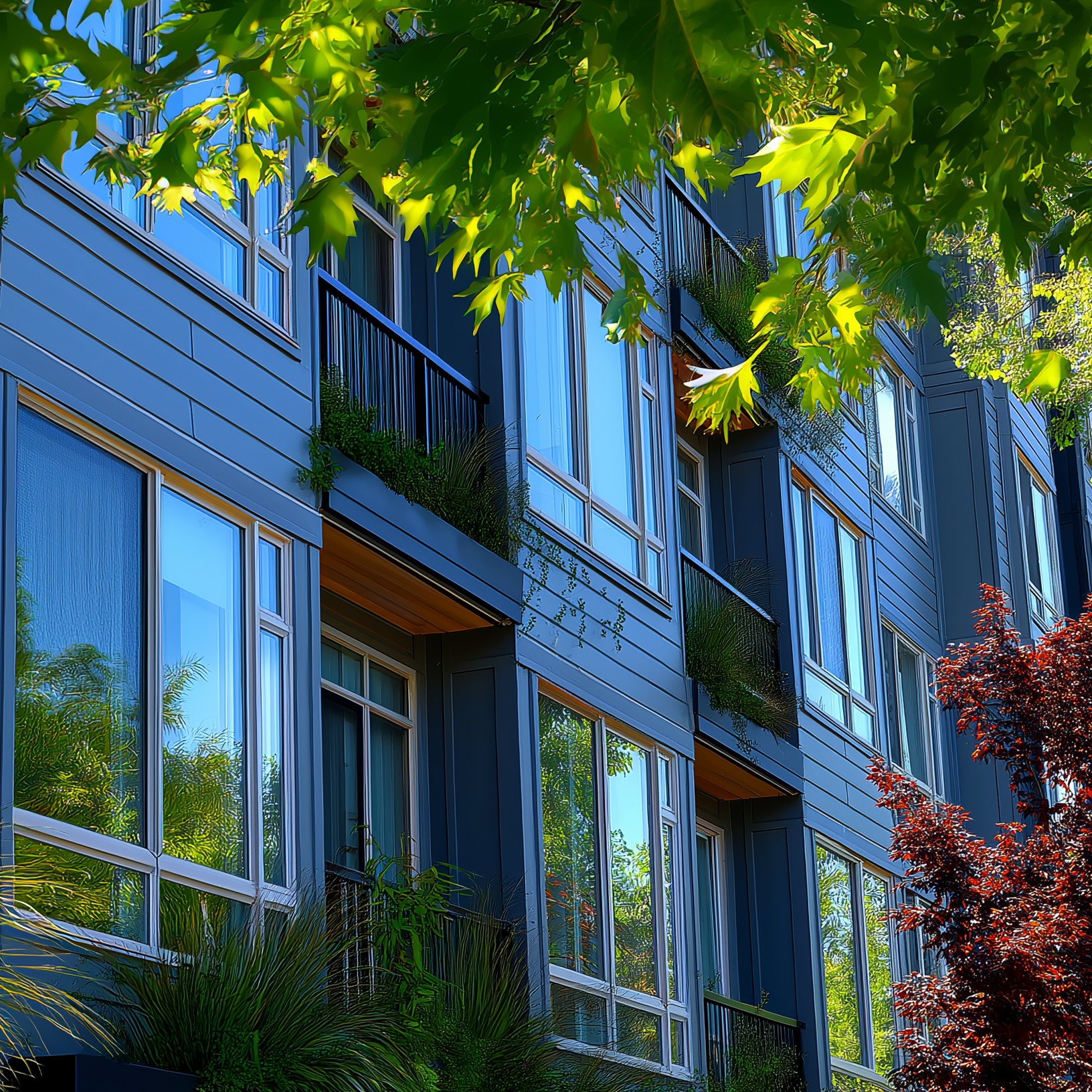
Smart Glass and Glazing Options
Glazing technology enhances both energy and weather performance:
- Laminated Glass: Adds safety and impact resistance
- Tempered Glass: Stronger and safer upon breakage
- Desiccant-Filled Spacers: Prevent internal condensation
- Structural Glazing Systems: Improve overall water-tightness and frame performance
Importance of Proper Commercial Installation
Even the best window won’t perform if installed poorly. Commercial installations must adhere to rigorous standards:
Flashing and Sealants
- Critical for moisture barrier
- Metal, tape, or liquid flashing must be properly integrated
Air and Vapor Barriers
- Prevent humid air from reaching wall cavities
- Improve HVAC efficiency and reduce mold risk
Shimming and Leveling
- Ensure smooth operation and seal alignment
Trim and Casing
- Must be installed with water-resistive detailing
Inspection and Quality Control
- Installers must follow manufacturer specs and code requirements
Regulatory Ratings and Industry Standards
Commercial windows should meet or exceed:
- AAMA and ASTM standards for water, air, and structural performance
- NFRC Ratings for U-factor, SHGC, VLT
- Hurricane Codes and Coastal Requirements for high-risk regions
- Passive House or LEED ratings for energy-efficient projects
Leading Window Brands for Commercial Projects
- Andersen: High-efficiency commercial lines
- Marvin: Known for durable and customizable fiberglass frames
- Pella: Offers commercial-grade and architectural solutions
- Milgard: Vinyl and fiberglass options for mixed-use buildings
- Jeld-Wen: Affordable and energy-efficient commercial offerings
- Kawneer & EFCO: Leading brands for aluminum commercial window systems
Additional Moisture Management Strategies
Your window system should work alongside other elements of the building envelope:
- Awnings & Overhangs: Protect windows from direct rainfall
- Gutters & Drainage Systems: Prevent pooling around window bases
- Building Orientation: Optimize window placement for wind and rain exposure
- HVAC Dehumidification: Control internal moisture to reduce condensation
Final Take: Invest in Long-Term Protection
Selecting energy-efficient, weather-proof windows for rainy climates isn’t just about looks or ticking code boxes. It’s about protecting your investment, lowering operational costs, and creating safe, comfortable spaces for your occupants. With the right materials, installation, and design, your building can withstand years of wet weather while maximizing energy efficiency and durability.
Frequently Asked Questions (FAQs)
What’s the best window type for rain-heavy environments?
Casement and awning windows are excellent due to their tight seals and weather-resistant designs.
Can these windows reduce tenant noise complaints?
Yes. Multi-pane and gas-filled units also insulate against sound, helping reduce rain and street noise.
Are Energy Star windows suitable for commercial use?
Yes, as long as they meet commercial-grade standards and are rated for your climate zone.
Do I need to replace all windows at once?
Not necessarily. Prioritize based on exposure, age, and signs of moisture or air leaks.
How often should commercial windows be inspected?
Annually, at a minimum, or after major storms. Regular checks prevent small issues from becoming major repairs.



